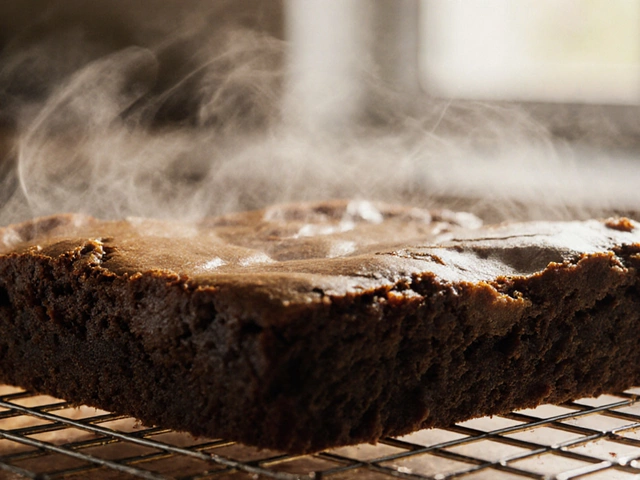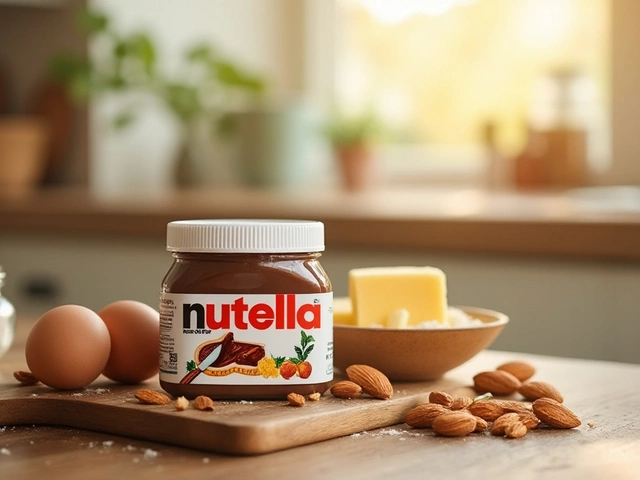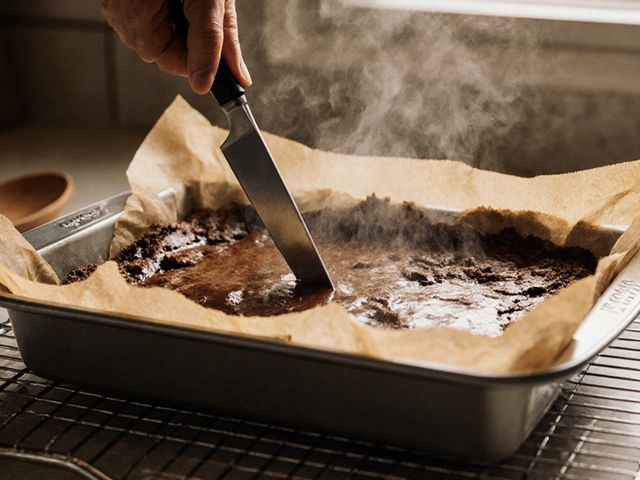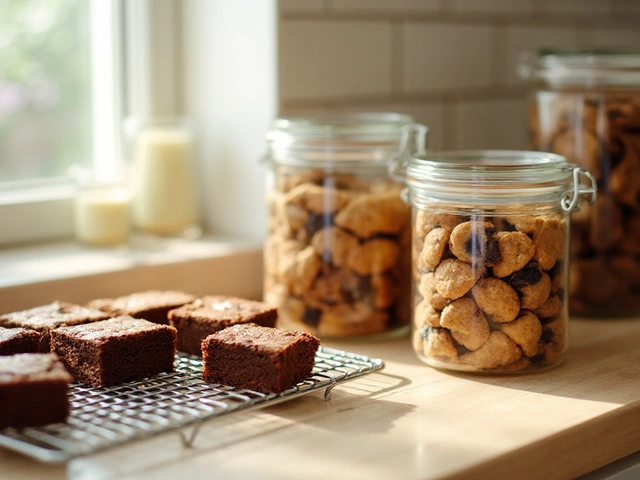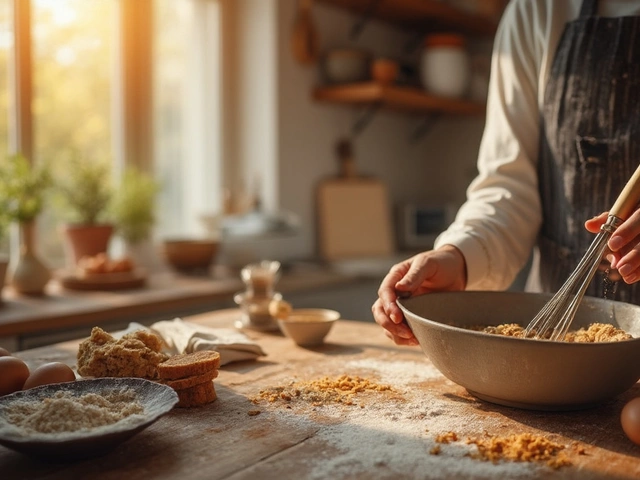Mascarpone Meaning: What This Creamy Cheese Really Is
If you’ve ever wondered what mascarpone actually is, you’re not alone. Most people meet it in tiramisu or a fancy frosting and assume it’s just a fancy butter. In reality, mascarpone is a soft, buttery‑rich cheese from northern Italy. It’s made from cream, not milk, and has a mild, slightly sweet flavor that works in both sweet and savory dishes.
Where Does Mascarpone Come From?
The name comes from the Italian words “mascarpa” (a type of cheese) and the suffix “-one” meaning “large”. Traditional producers in the Lombardy region heat fresh cream, add a little citric or acetic acid, and let it thicken. The result is a silky curd that’s strained, not pressed, so it stays smooth and spreadable. Because it uses just cream and a little acid, the fat content is high – think 45‑55% fat – which explains its melt‑in‑your‑mouth texture.
Mascarpone isn’t aged, so you’ll find it sold in tubs that look like butter. It stores in the fridge for about a week after opening. If you see any off‑smell or discoloration, it’s best to toss it. The short shelf life is a trade‑off for that fresh dairy taste.
How to Use Mascarpone in Your Kitchen
One of the biggest perks of mascarpone is its versatility. For desserts, whisk it with a bit of powdered sugar and vanilla to create a quick frosting for cakes, cupcakes, or even fresh fruit. It also blends flawlessly into tiramisu layers, where it softens the coffee‑soaked ladyfingers without turning gritty.
Don’t limit it to sweets. Mascarpone can replace heavy cream in sauces, giving a richer mouthfeel without the whiplash of too much butter. Try stirring a spoonful into a tomato‑basil sauce right before serving, or mix it into scrambled eggs for extra fluffiness. A dab on top of a hot pizza also adds a creamy surprise that pairs well with prosciutto or arugula.
If you’re on a budget, you can DIY a simple stand‑in by blending equal parts cream cheese and heavy cream, then adding a pinch of salt. It won’t be exactly the same, but it works in most recipes that call for mascarpone.
When cooking, remember mascarpone can curdle if you heat it too fast. Add it at the end of the cooking process over low heat, and stir gently. This keeps the texture smooth and prevents that grainy finish.
Now that you know the mascarpone meaning, its origin, and a handful of practical uses, you can feel confident adding it to your pantry. Whether you’re whipping up a classic tiramisu or experimenting with a savory sauce, this cheese brings a luxurious creaminess that’s hard to beat.
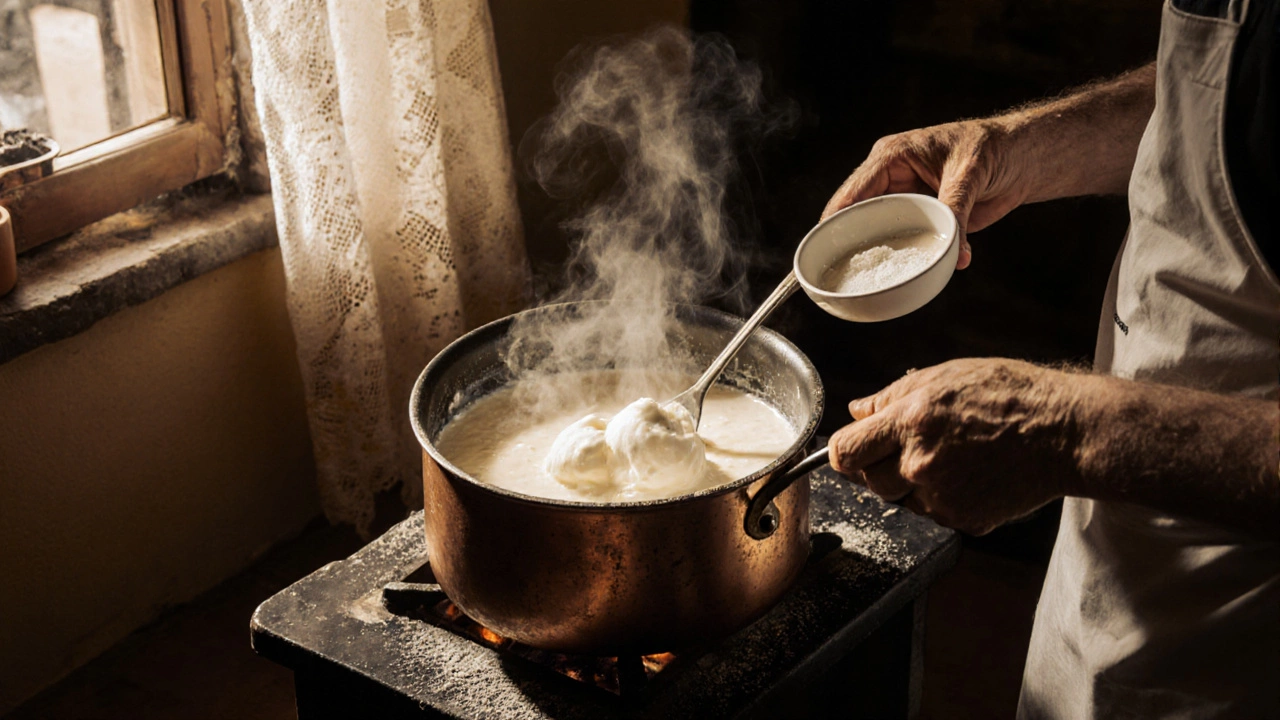
What Does “Mascarpone” Mean? Definition, Origin & Uses
Discover the meaning, origin, and culinary uses of mascarpone. Learn how it's made, how it differs from ricotta and cream cheese, and get tips for storage and recipes.
View More
